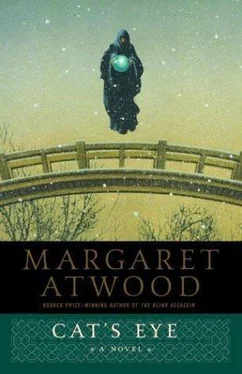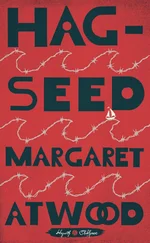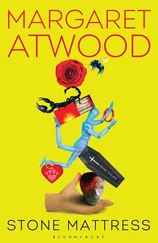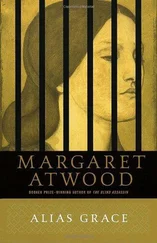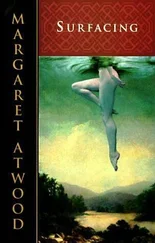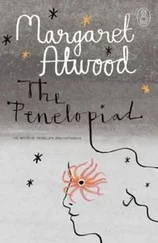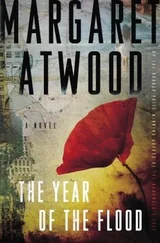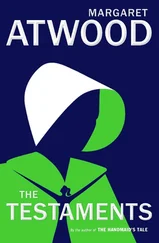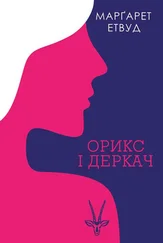Margaret Atwood - Cat's eye
Здесь есть возможность читать онлайн «Margaret Atwood - Cat's eye» весь текст электронной книги совершенно бесплатно (целиком полную версию без сокращений). В некоторых случаях можно слушать аудио, скачать через торрент в формате fb2 и присутствует краткое содержание. Жанр: Старинная литература, на английском языке. Описание произведения, (предисловие) а так же отзывы посетителей доступны на портале библиотеки ЛибКат.
- Название:Cat's eye
- Автор:
- Жанр:
- Год:неизвестен
- ISBN:нет данных
- Рейтинг книги:5 / 5. Голосов: 1
-
Избранное:Добавить в избранное
- Отзывы:
-
Ваша оценка:
- 100
- 1
- 2
- 3
- 4
- 5
Cat's eye: краткое содержание, описание и аннотация
Предлагаем к чтению аннотацию, описание, краткое содержание или предисловие (зависит от того, что написал сам автор книги «Cat's eye»). Если вы не нашли необходимую информацию о книге — напишите в комментариях, мы постараемся отыскать её.
Cat's eye — читать онлайн бесплатно полную книгу (весь текст) целиком
Ниже представлен текст книги, разбитый по страницам. Система сохранения места последней прочитанной страницы, позволяет с удобством читать онлайн бесплатно книгу «Cat's eye», без необходимости каждый раз заново искать на чём Вы остановились. Поставьте закладку, и сможете в любой момент перейти на страницу, на которой закончили чтение.
Интервал:
Закладка:
“That’s okay,” I say. I don’t want to admit that I don’t know where I’m going. “Thanks for the studio. Let me know if you need anything out of it.” Though I know he won’t come over while I’m there, it’s still too awkward, and hazardous, for us to be together behind a door that locks.
“Maybe we could have a drink, later,” he says.
I say, “Maybe we could.”
After leaving Jon I walk east along Queen, past the street dealers selling risqué T-shirts, past the garter belts and satin underpants in the windows. What I’m thinking about is a picture I painted, years ago now. Falling Women, it was called. A lot of my paintings then began in my confusion about words. There were no men in this painting, but it was about men, the kind who caused women to fall. I did not ascribe any intentions to these men. They were like the weather, they didn’t have a mind. They merely drenched you or struck you like lightning and moved on, mindless as blizzards. Or they were like rocks, a line of sharp slippery rocks with jagged edges. You could walk with care along between the rocks, picking your steps, and if you slipped you’d fall and cut yourself, but it was no use blaming the rocks. That must be what was meant by fallen women. Fallen women were women who had fallen onto men and hurt themselves. There was some suggestion of downward motion, against one’s will and not with the will of anyone else. Fallen women were not pulled-down women or pushed women, merely fallen. Of course there was Eve and the Fall; but there was nothing about falling in that story, which was only about eating, like most children’s stories.
Falling Women showed the women, three of them, falling as if by accident off a bridge, their skirts opened into bells by the wind, their hair streaming upward. Down they fell, onto the men who were lying unseen, jagged and dark and without volition, far below.
Chapter 48
I ‘m staring at a naked woman. In a picture she would be a nude, but she is not in a picture. This is the first live naked woman I’ve ever seen, apart from myself in the mirror. The girls in the high school locker room always had their underwear on, which is not the same thing, and neither are the women in stretch Lycra one-piece bathing suits with modesty panels, in magazine ads.
Even this woman is not entirely naked, as she has a sheet draped over her left thigh and tucked in between her legs: no hair shows. She’s sitting on a stool, her buttocks squashing out sideways; her stocky back is curved, her right leg is crossed over her left at the knee, her right elbow rests on her right knee, her left arm is placed behind her with the hand on the stool. Her eyes are bored, her head droops forward, the way it has been put. She looks cramped and uncomfortable, and also cold: I can see the goose bumps on her upper arms. She has a thick neck. Her hair is frizzly and short, red with darker roots, and I suspect she is chewing gum: every once in a while there is a slow, furtive, sideways motion of her jaw. She is not supposed to move.
I am trying to draw this woman, with a piece of charcoal. I am trying for fluidity of line. This is how the teacher has arranged her: for fluidity of line. I would rather be using a hard pencil; the charcoal gets on my fingers and smears, and is no good for hair. Also this woman frightens me. There is a lot of flesh to her, especially below the waist; there are folds across her stomach, her breasts are saggy and have enormous dark nipples. The harsh fluorescent light, falling straight down on her, turns her eye sockets to caverns, emphasizes the descending lines from nose to chin; but the massiveness of her body makes her head look like an afterthought. She is not beautiful, and I am afraid of turning into that. This is a night class. It’s called Life Drawing, and is held on Tuesdays at the Toronto College of Art, in a large bare room, beyond which is a utilitarian stairway, then McCaul Street, then Queen with its drunks and streetcar tracks, and beyond that square, boxy Toronto. There are a dozen of us in the room, with our hopeful, almost-new Bristol drawing boards and our black-tipped fingers; two older women, eight young men, another girl my own age, and me. I am not a student here, but even those who aren’t students can sign up for this class, under certain circumstances. The circumstances are that you have to convince the teacher you are serious. It’s not clear however how long I will last. The teacher is Mr. Hrbik. He is in his mid-thirties, with dark thickly curled hair, a mustache, an eagle nose, and eyes that look almost purple, like mulberries. He has a habit of staring at you without saying anything, and, it seems, without blinking.
It was the eyes I noticed first, when I went for my interview with him. He was sitting in his tiny paper-covered office at the college, leaning back in his chair and chewing the end of a pencil. When he saw me he put the pencil down.
“How old are you?” he said.
“Seventeen,” I said. “Almost eighteen.”
“Ah,” he said, and sighed as if this was bad news. “What have you done?”
This made it sound as if he was accusing me of something. Then I saw what he meant: I was supposed to bring something called “a portfolio of recent work,” which meant pictures, so he could judge me. But I didn’t have much work to bring. About the only contact I’d had with art was in high school, in the Art Appreciation class we had to take in Grade Nine, where we listened to the Moonlight Sonata and interpreted it with wavy crayon lines, or drew a tulip in a vase. I’d never been to an art gallery, though I’d read an article on Picasso, in Life magazine.
Over the past summer, when I’d had a job making beds and cleaning toilets at a resort in Muskoka to earn extra money, I’d bought a small oil painting set in one of the tourist shops. The names on the little tubes were like passwords: Cobalt Blue, Burnt Umber, Crimson Lake. On my time off I’d take this set out along the shore, and sit with my back against a tree with the pine needles digging into me from underneath, and mosquitoes collecting around me, looking out across the flat sheet metal water, the varnished mahogany inboards moving across it, little flags at their sterns. In these boats were sometimes other chambermaids, the kind who went to illegal parties in people’s rooms to drink rye and ginger ale out of paper cups, and were rumored to go all the way. There had been tearful confrontations in the laundry room, over the folded sheets.
I did not know how to paint or even what to paint, but I knew I had to begin. After a while I’d painted a picture of a beer bottle minus the label, and a tree shaped like a damaged whisk, and several uncertain, sludge-colored pictures of rocks, with a violently blue lake in the background. Also a sunset, which came out looking like something you might spill on yourself.
I produced these from the black file folder in which I’d been carrying them. Mr. Hrbik frowned and twiddled his pencil and said nothing. I was discouraged, and also in awe of him, because he had power over me, the power to shut me out. I could see he thought my paintings were bad. They were bad.
“Any more?” he said. “Any drawings?”
Out of desperation I’d included some of my old Biology drawings, in hard lead pencil with colored shadings. I knew I could draw better than I could paint, I’d been doing it longer. I had nothing to lose and so I brought them out.
“What is it you call this?” he said, holding the top one upside-down.
“It’s the inside of a worm,” I said.
He did not show surprise. “This?”
“It’s a planaria. In stained section.”
“And this?”
“It’s the reproductive system of a frog. A male frog,” I added.
Читать дальшеИнтервал:
Закладка:
Похожие книги на «Cat's eye»
Представляем Вашему вниманию похожие книги на «Cat's eye» списком для выбора. Мы отобрали схожую по названию и смыслу литературу в надежде предоставить читателям больше вариантов отыскать новые, интересные, ещё непрочитанные произведения.
Обсуждение, отзывы о книге «Cat's eye» и просто собственные мнения читателей. Оставьте ваши комментарии, напишите, что Вы думаете о произведении, его смысле или главных героях. Укажите что конкретно понравилось, а что нет, и почему Вы так считаете.
